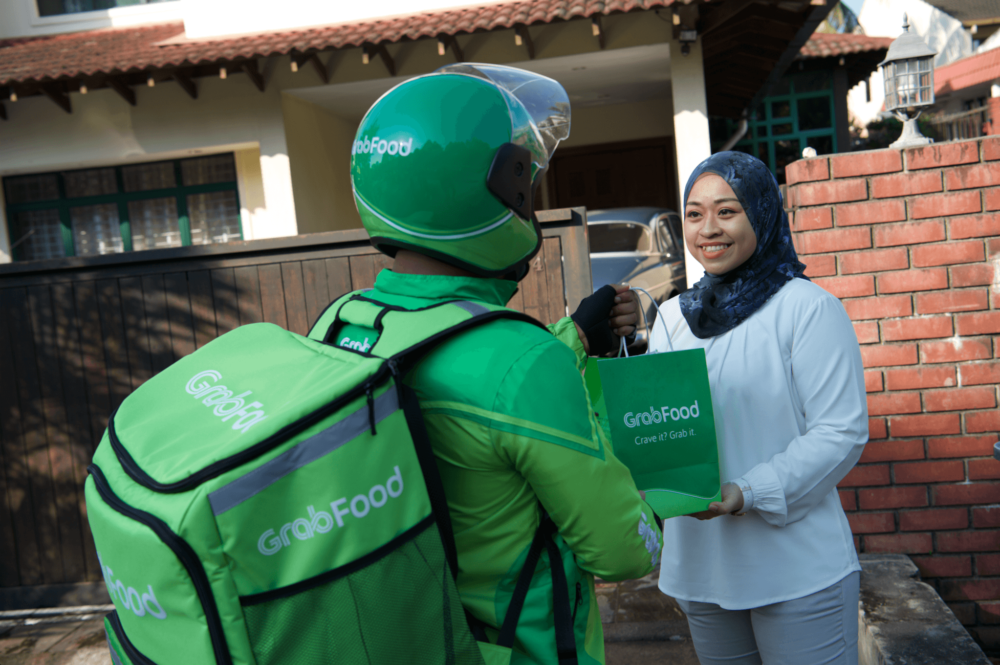Southeast Asia’s Grab has joined the long list of food-delivery companies laying off significant numbers of staff as Covid-19 continues to take its toll, despite an uptick in demand from consumers under lockdown.
The Singapore-based ‘order anything’ app — which aggregates independent drivers and merchants to provide meal and grocery delivery, ride-hailing, and digital payments, among other things — is letting go of about 360 employees, or just under 5% of its total workforce. It’s also winding down a number on non-core projects and functions.
In a letter to staff, Grab co-founder and CEO Anthony Tan said that the company’s senior management team “tried everything possible to avoid this but had to accept that the difficult cuts […] are required, because millions depend on us for a living in this new normal.”
Acknowledging that the Covid-19 pandemic has had a “stark impact […] on businesses globally, including ours,” Tan said it had “become clear that [it] will likely result in a prolonged recession” and that Grab has “to prepare for what may be a long recovery period.”
He added that over the past few months his team “reviewed all costs, cut back on discretionary spending, and implemented pay cuts for senior management. In spite of all this, we recognize that we still have to become leaner as an organization in order to tackle the challenges of the post-pandemic economy.”
SoftBank-backed Grab is “sunsetting some non-core projects, consolidating functions for greater efficiency, and right-sizing teams to better match our changing business needs given the external environment” to achieve this, Tan said.
“I assure you that this will be the last organization-wide layoff this year and I am confident as we execute against our refreshed plans to meet our targets, we will not have to go through this painful exercise again in the foreseeable future.”
Affected employees will get enhanced severance payments, expedited equity vesting, extended medical insurance coverage, and access to career advice and mental health support. They’ll also be able to encash any unused annual, maternity, or paternity leave and employee benefits.
Last month, Grab co-founder Tan Hooi Ling said the ‘super app’ is “preparing for the worst case scenario, which is potentially a very long winter.”
She said that overall revenue was “lower than it used to be pre-Covid,” with the company’s ride-hailing business recording a substantial drop in revenue. However, its food delivery service GrabFood and its courier services had each seen revenues rise over the same period, and had onboarded over 78,000 merchants and 115,000 drivers and delivery partners in March and April. Small businesses using its platform recorded a 21% increase in online revenue generated via Grab over the two-month period.
This reflects the situation seen in other markets. Uber has laid off about 25% of its global workforce since the pandemic began and has closed down dozens of its offices, including its Asia-Pacific headquarters in Singapore. The cuts came in spite of unprecedented 52% year-on-year growth in gross bookings for its meal-delivery service Uber Eats during Q1 2020, as consumers stuck indoors increasingly turned to food deliveries during lockdown.
“I will caution that while Eats growth is accelerating, the business today doesn’t come close to covering our expenses,” said Uber CEO Dara Khosrowshahi, noting that the company’s core ride-hailing business has suffered an 80% drop in bookings during the year’s first quarter.
In India, on-demand meal delivery giants Swiggy and Zomato have let go over a thousand workers between them, in addition to instituting pay cuts for remaining staff of up to 50%.
Grab’s Jakarta-based archrival Gojek has denied reports that it laid off over 100 of its own staff in March.
Nevertheless, Grab is seeking to make the most of the conditions brought on by Covid-19. It recently unveiled a raft of initiatives aimed at tapping rural supply chains to bring more small and medium-sized merchants into its ecosystem, including farmers and agrifood vendors, to ensure food and income security amid the pandemic.
In his letter to staff, Tan said the company is doubling-down on its delivery verticals and has redeployed workers to meet increased customer demand for deliveries.
“We were able to save many jobs through this redeployment of resources and it helped limit the scope of the reduction exercise to just under 5%,” he said.
Got a news tip? Email me at [email protected]




